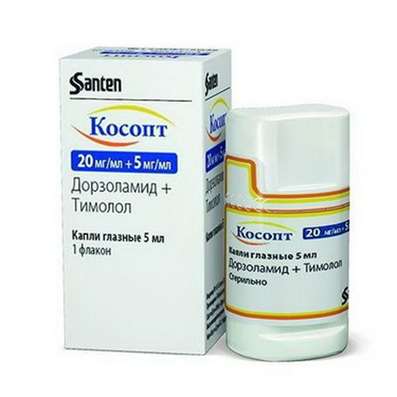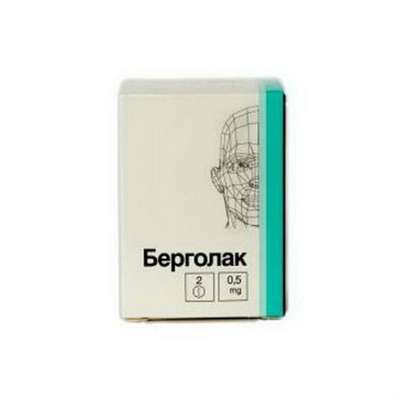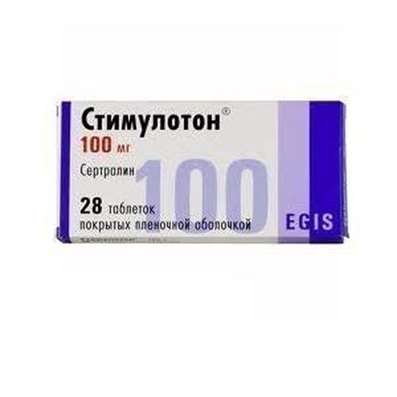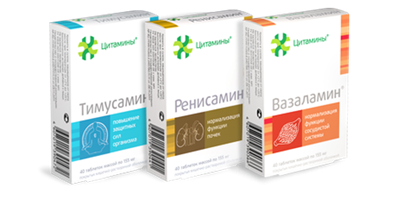Instruction for use: Letizen
I want this, give me price
Dosage form: Film-coated tablets
Active substance: Cetirizine
ATX
R06AE07 Cetirizine
Pharmacological groups:
H1-antihistamines
The nosological classification (ICD-10)
H10.1 Acute atopic conjunctivitis: Allergic conjunctivitis; Allergic eye diseases; Allergic conjunctivitis; Allergic conjunctivitis caused by chemical and physical factors; Allergic rhinoconjunctivitis; Allergic inflammation of the eyes; Spring Qatar; Spring keratitis; Spring conjunctivitis; Conjunctivitis allergic; Year-round allergic conjunctivitis; Exacerbation of pollinosis in the form of rhinoconjunctival syndrome; Acute allergic keratoconjunctivitis; Acute allergic conjunctivitis; Superficial bacterial infection of the eyes; Rhinoconjunctivitis; Seasonal allergic conjunctivitis; Seasonal conjunctivitis; SENSORY; Chronic allergic keratoconjunctivitis; Chronic allergic conjunctivitis
J30.1 Allergic rhinitis caused by pollen of plants: Hay fever; Hay fungus; hay fever; Hypersensitivity to pollen of plants; Polyposis allergic rhinosinusitis; Seasonal pollinosis; Seasonal rhinitis
J30.2 Other seasonal allergic rhinitis: Allergic rhinitis seasonal; Seasonal rhinitis of an allergic nature
J30.3 Other allergic rhinitis: Allergic rhinitis year-round; Allergic rhinoconjunctivitis
L50.0 Allergic urticaria: Skin reaction to medication
T78.3 Angioedema: Edema Quincke; Laryngeal exacerbation with angioneurotic edema; Recurrent angioedema; Allergic edema; Recurrent swelling of Quincy
T78.4 Unspecified Allergy: Allergic reactions to insulin; Allergic reactions to insect stings; Allergic reactions similar to systemic lupus erythematosus; Allergic diseases; Allergic diseases of mucous membranes; Allergic diseases and conditions resulting from increased release of histamine; Allergic diseases of mucous membranes; Allergic symptoms; Allergic symptoms in the mucous membranes; Allergic reactions; Allergic reactions caused by insect bites; Allergic reactions; Allergic conditions; Allergic laryngeal edema; allergopathy; allergic conditions; Allergy; House dust allergy; Anaphylaxis; Cutaneous reactions to medications; Skin reaction to insect stings; Cosmetic allergy; Drug allergy; Acute allergic reaction; Laryngeal edema allergic genesis and background radiation; Food and drug allergy
Composition and release form
1 tablet, film-coated, contains cetirizine dichloride 10 mg; In a contour acheive box 10 pcs., In a cardboard bundle 1 or 2 packs.
Characteristic
Round, slightly biconvex tablets of white color, with a notch on one side.
Pharmachologic effect
Mode of action - anti-allergic, antihistamine.
Selectively blocks peripheral histamine H1 receptors, prevents the development of histamine effects (expansion and increase in the permeability of capillaries that cause the development of edema, urticaria and redness, the excitation of sensitive nerve endings, accompanied by itching and pain, contraction of smooth muscles of the respiratory system and the digestive tract). At the late stage of an allergic reaction, it inhibits the release of histamine and the migration of eosinophils.
Pharmacodynamics
The effect manifests itself in 20 minutes, reaches a maximum after 1 hour and lasts for 24 hours.
Pharmacokinetics
Quickly absorbed from the digestive tract (by 70%), Cmax is reached after 1 hour. It is slightly metabolized in the liver, excreted in the urine mostly unchanged.
Indication of the Letizen
Seasonal and all-the-year-round allergic rhinitis, allergic conjunctivitis, chronic urticaria, Quincke's edema and other allergic diseases.
Contraindications
Hypersensitivity to the components of the drug and to hydroxysin.
Application in pregnancy and breastfeeding
It should not be taken in the first trimester of pregnancy, in II-III it is possible by strict indications. For the duration of treatment, breastfeeding should be stopped.
Side effects
From the cardiovascular system and blood (hematopoiesis, hemostasis): hemolytic anemia, thrombocytopenia.
On the part of the intestine: nausea, vomiting, abdominal pain, diarrhea, constipation, increased appetite, transient increase in liver transaminase activity.
From the nervous system and sensory organs: drowsiness, fatigue, weakness, dizziness, headache, dry mouth.
Interaction
Theophylline decreases Cl and increases the plasma concentration of the drug.
Dosing and Administration
Inside, before or after a meal, squeezed a small amount of fluid, adults and children over 12 years - 10 mg / day, children 6-12 years (body weight more than 30 kg) - 5 mg 2 times a day, children 6- 12 years (body weight less than 30 kg) - 5 mg / day.
Against the background of renal insufficiency (Cl creatinine 11-13 ml / min), hemodialysis (Cl creatinine less than 7 ml / min) or liver dysfunction - 5 mg / day.
Overdose
Symptoms: psychomotor agitation, irritability, drowsiness, urinary retention, tremor, tachycardia, pruritus, rash.
Treatment: gastric lavage, the appointment of activated carbon, laxatives, symptomatic therapy.
Precautionary measures
Use with caution in patients on hemodialysis, with moderate renal insufficiency, impaired liver function, in the elderly (dose adjustment is required) and for drivers of vehicles and people whose profession is associated with increased concentration of attention. It is not recommended simultaneous use of funds, oppressive central nervous system, and alcohol consumption. Do not use in children younger than 6 years.
Storage conditions of the drug Letizen
At a temperature not higher than 30 ° C.
Keep out of the reach of children.
Shelf life of the drug Letizen
2 years.
Do not use after the expiry date printed on the package.

 Cart
Cart





